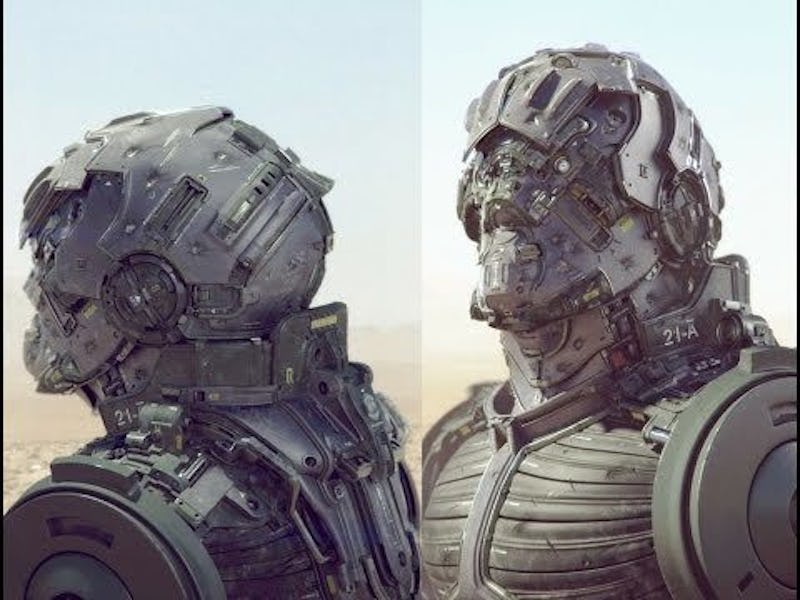Is TALOS A Real Iron Man Suit, or Just Military Propaganda?
It could revolutionize warfare - or it could be a bust.

Since 2013, the U.S. military has been working on the Tactical Assault Light Operator Suit, a robotic exoskeleton short for combat troops. The bulletproof, weaponized get-up monitors a soldier’s biometrics and provides augmented strength, which is why TALOS is affectionally called the “Iron Man Suit” by civilians in the know. Several prototypes have been released, but the military says its own track to finally fit soldiers with a working version by August 2018.
But is TALOS for real or is it just an intimidating PR push? The hype here makes it feel like maybe the goal isn’t scientific or technical but strategic in a Cold War sort of way.
The truth is that the TALOS is both a real project and a marketing adventure. The military has been testing out exoskeletons for several years, which means that TALOS isn’t particularly groundbreaking. What it absolutely is, is cool as hell, which makes it a relevant recruiting tool and also a way to make the Russians rethink the state of their armaments.
Right now, the TALOS is the most realistically feasible suit the military has, mainly because it’s kind of practical. TALOS covers 60 percent of the body in bulletproof armor, distributes weight evenly across the wearer, and has a reinforced helmet for protection with integrated communications and sensory tools. The weight of whole thing is less than 400 pounds, which means you won’t see it popping out of a briefcase anytime soon, but it is useable in the field.
One particularly novel feature worth another look is the electricity activated shield being called “liquid body armor,” which uses a current to turn the body armor from a liquid to a solid almost instantly. It makes the suits more comfortable and easier to wear in non-combat situations.
Instead of just contracting one group to develop TALOS, the military has enlisted the help of several dozen different agencies, military technology companies, researchers, and other experts. This ranges from the obvious, like Raytheon, to the unorthodox, like Adidas.
Having so many people work on TALOS means that the system architecture is essentially open, allowing the military itself to swap in different parts and technologies if necessary and give engineers a chance to peer into what their counterparts at other places are doing. The shared knowledge also allows different experts to move outside their wheelhouses and learn a new thing or two.
Even if the military falls short and TALOS never sees the light of day, the program will have still have picked up a great deal of knowledge about the fabrication process for unusual and experimental military equipment. Because TALOS is such an ambitious project, it’s encouraging contractors to try different things in prototyping and manufacturing parts and functions, like 3D printing.
The point of TALOS isn’t to make regular soldiers into super soldiers — it’s to protect personnel who are in dangerous situations and give them some help. In fact, TALOS was conceived after a soldier in Afghanistan was mortally wounded while a unit was entering a building. As the first man in, he was in an extremely vulnerable position.
An early TALOS prototype
There are many unknowns, the biggest of which is cost. Taxpayers have already sunk half a billion dollars into the project over the last 15 years. Still, in an interview with CNN last week, General Joseph Votel, the head of U.S. Special Operations Command (which oversees the TALOS program), reiterated the military is on track to meet its August 2018 deadline.
The world is watching and the General knows it. That’s half the point.